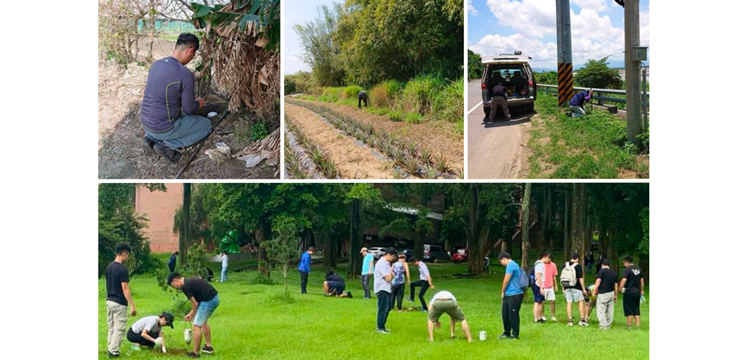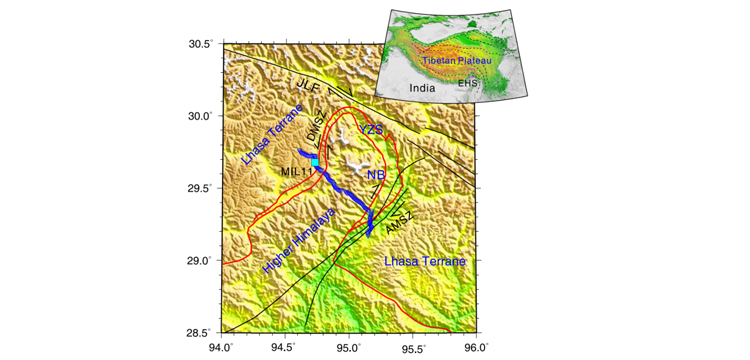Equipment Model: SmartSolo IGU-16HR EB 3C
Number of equipment: 160 units

Research Overview:
According to the task arrangement of the National Key Research and Development Programme, the Institute of Geophysics of the China Earthquake Administration (IGU) has been observing the Freshwater River-Longmenshan-Anning River-Daliangshan Fracture Zone since mid-September 2020, and the aim of this project is to conduct a microseismic activity, fault morphology and deep structure of this fracture zone The project aims to study the microseismic activity, fault morphology and deep structure of this rift zone.


The "Three Forks" area, where the Freshwater River-Longmenshan-Anning River fault zone spreads and intersects, is a special tectonic region on the eastern edge of the Tibetan Plateau, where strong earthquakes have occurred frequently in the past, and it is a window and a natural laboratory for studying the seismicity of the Sichuan-Yunnan rhombus-shaped block. This observation is of great significance for the study of the deep morphology and deformation characteristics of this fracture zone.

A total of 160 sets of short-cycle, integrated seismic observation equipment were deployed in the project. The SmartSolo three-component node seismic acquisition system demonstrated strong advantages in the project observation, with its compact and lightweight structure, simple deployment and operation, and strong endurance and waterproof capability, all of which provided a strong guarantee for the success of the project. After 105 days of observation, the project team finally completed the data collection in early January 2021, acquiring about 5T of high-quality raw data. And the remaining power of the device can still support about 25 days of power supply, which can meet up to 130 days of continuous collection.



